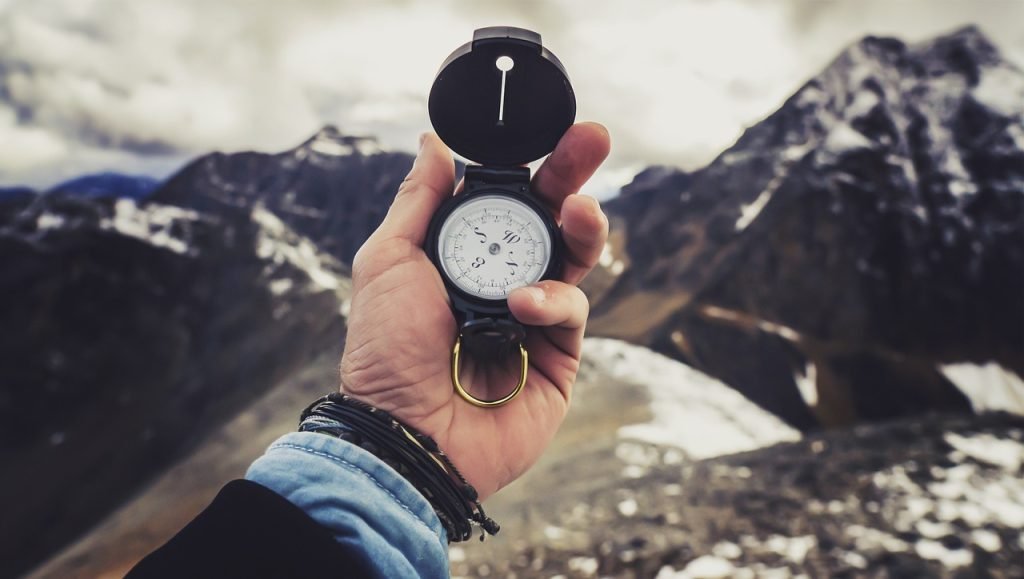What would you do if you found yourself in a situation where your survival depended on the gear you had? Choosing the right outdoor survival kit can make all the difference between a successful adventure and a difficult experience. Understanding your needs and the various components of a survival kit is essential for any outdoor enthusiast. Let’s break it down together.
Understanding Your Adventure Needs
Before you even start looking at survival kits, it’s important to think about the environments you’ll be in. Are you planning a weekend hike, a multi-day camping trip, or even a remote wilderness expedition? Each scenario comes with its own set of challenges.
Recognizing Your Environment
The type of environment influences the products you’ll want in your kit. For example:
| Environment | Key Considerations |
|---|---|
| Forests | Insects, food sources like mushrooms, and water sources |
| Mountains | Cold weather gear, altitude sickness prevention |
| Deserts | Hydration essentials, UV protection |
| Coastal/Wetlands | Water safety gear, navigation tools for tides/vectors |
Reflecting on these factors will help align your survival kit with your specific adventures.
Duration of Your Outing
How long you’re planning to be outdoors plays a vital role in your kit selection. Short day trips might only require the basics, while extended outings necessitate a comprehensive range of supplies.
- Day Trips: A minimal kit including water purification, first aid, snacks, and a multi-tool.
- Weekend Warriors: Focus on food supplies, extra clothing, cooking gear, and shelter.
- Extended Expeditions: Think! More extensive food supplies, advanced navigation tools, and comprehensive first aid kits.
Key Components of a Survival Kit
When it comes to putting together a survival kit, certain categories of items are essential. Understanding each component will guide you in selecting the right gear.
Shelter
A reliable shelter is crucial in any survival situation. It protects you from the elements and helps retain body heat. Consider the following shelter options:
| Shelter Type | Benefits | Considerations |
|---|---|---|
| Emergency Space Blanket | Lightweight, retains body heat | Suitable for short-term use |
| Tent | Provides significant comfort | Heavier and requires setup |
| Tarp | Versatile for various setups | Requires understanding of knots and setup |
Water
Water is vital for survival. Even during short outings, the potential need for hydration should be a priority. Here are a few effective tools to consider:
| Water Purification Method | Pros | Cons |
|---|---|---|
| Water Filters | Effective against bacteria and protozoa | Maintenance and possible clogging |
| Purification Tablets | Lightweight and easy to carry | Longer wait times for treatment |
| Boiling | Kills bacteria, simple method | Requires a heat source and container |
Deciding on the right method depends on your personal comfort level with water management.
Food
No one wants to be caught outside without sustenance! Depending on your duration, various food supplies can be included:
| Food Type | Benefits | Drawbacks |
|---|---|---|
| Freeze-Dried | Lightweight, long shelf life | Rehydration required |
| Energy Bars | Portable and quick calories | Limited nutritional diversity |
| Canned Foods | Ready to eat, high energy | Heavier and bulkier |
First Aid
Having a well-stocked first aid kit can be life-saving. Adjust your kit based on the number of people you’ll be with and potential risks:
| First Aid Item | Purpose | Recommendations |
|---|---|---|
| Sterile Bandages | Treat cuts and abrasions | Include various sizes |
| Antiseptic Wipes | For cleaning wounds | Consider alcohol-free options |
| Pain Relievers | For pain management | Ibuprofen or acetaminophen |
Familiarize yourself with basic first aid principles to use your kit effectively.
Navigation and Communication
Getting lost is a common concern during outdoor adventures. Equip yourself with navigation tools to stay oriented:
| Navigation Tool | Benefits | Usage |
|---|---|---|
| Compass | Reliable, doesn’t require batteries | Must understand basic navigation skills |
| Map | Detailed information about the area | Requires ability to read maps |
| GPS Device | Often more accurate than traditional methods | Battery-dependent |
Communication tools might vary from simple whistles to satellite phones, often depending on the remoteness of your trip.
Fire
Fire is essential for warmth, cooking, and signaling. Always plan ahead for fire-making supplies:
| Fire Starter Type | Advantages | Potential Disadvantages |
|---|---|---|
| Lighters | Easy to use, quick to ignite | Needs fuel and may malfunction |
| Waterproof Matches | Useful in wet conditions | Careful storage is required |
| Ferro Rods | Long-lasting and can create sparks | Requires practice to master |
Before heading out, practice fire starting techniques to prepare for your adventure.

This image is property of pixabay.com.
Selecting the Right Kit
Picking the right outdoor survival kit can sometimes be overwhelming. Here are some tips that can make your decision process smoother.
Assessing Quality
Not all gear is created equal. Look for items made from durable materials that can withstand various elements. Reading product reviews or getting recommendations from experienced outdoor enthusiasts can significantly influence your choices.
Personalization
While generic kits are convenient, they may not suit your individual needs. Customize your survival kit based on your intended activities, environment, and personal skills. This way, you’ll have gear that fits your specific situation rather than a one-size-fits-all approach.
Budget Considerations
Quality gear often requires investment. However, you can find value in second-hand equipment, especially for items like backpacks or tents. Focus on purchasing essential, high-quality items first, then gradually add other components as your budget allows.
Practice and Familiarity
Owning gear doesn’t guarantee you’ll know how to use it. Spend time practicing with your survival kit at home or during training sessions. This familiarity will build your confidence and prepare you for any unexpected challenges.
Portable vs. Comprehensive Kits
Depending on your specific needs and preference, you can opt for a portable kit or a more comprehensive collection of gear.
Portable Kits
Portable kits are designed for ease of transport, featuring lightweight materials that pack small. They’re generally best for day trips or casual hikes. However, keep in mind that being lightweight often means sacrificing specific gear or items.
Comprehensive Kits
For serious adventurers or those going into more demanding environments, a comprehensive kit provides a wider array of tools and supplies. These kits can be heavier but contain equipment for more significant emergencies.

This image is property of pixabay.com.
Reliability of Brands
Choosing the right brand for your survival gear can build your trust in the products you decide to use. Here are some reliable outdoor brands to consider:
| Brand | Notable Features | Product Range |
|---|---|---|
| Coleman | Affordable and widely available | Tents, cooking gear, and sleeping bags |
| Paragon | Focus on survival essentials | Comprehensive survival kits |
| Gerber | Quality cutting tools | Knives, multi-tools, and more |
Research each brand and what they offer to ensure you align with their values and effectively meet your needs.
Continuous Learning and Preparation
Being prepared for outdoor adventures goes beyond gathering gear. Continuous learning helps you adapt to changing conditions and situations.
Training Courses
Consider taking courses in wilderness survival, first aid, or navigation. These can significantly expand your skill set and give you the confidence to rely on your knowledge should an emergency arise.
Engaging with Community
Joining outdoor clubs or online communities can provide valuable insights from others who have similar interests. You’ll not only learn tips and tricks but also meet new adventure buddies!

This image is property of pixabay.com.
Revise and Update Your Kit
Your survival kit should never be static. As your skills grow and the seasons change, it’s crucial to regularly revisit your supplies.
Seasonality and Environment
Be mindful of seasonal changes and the environment. In winter, your kit might require warm weather gear, whereas summer outings will necessitate insect repellent and hydration methods.
Check and Replace
Occasionally check items for expiration dates, wear and tear, or any items that may have been used on previous trips. This proactive approach ensures you’re always ready to take on your next adventure.
Bringing It All Together
Choosing the right outdoor survival kit is not just about purchasing an assortment of supplies; it’s about understanding your needs, the environments you’re entering, and the importance of preparation.
Always consider factors like your adventure type, duration, quality of gear, and personal comfort level. Don’t forget to take time for practice and continuously educate yourself, so you can head out into the great outdoors with confidence.
By focusing on these critical elements, you’ll be well on your way to assembling a survival kit that not only meets your needs but also supports a safe and enjoyable experience in nature.



